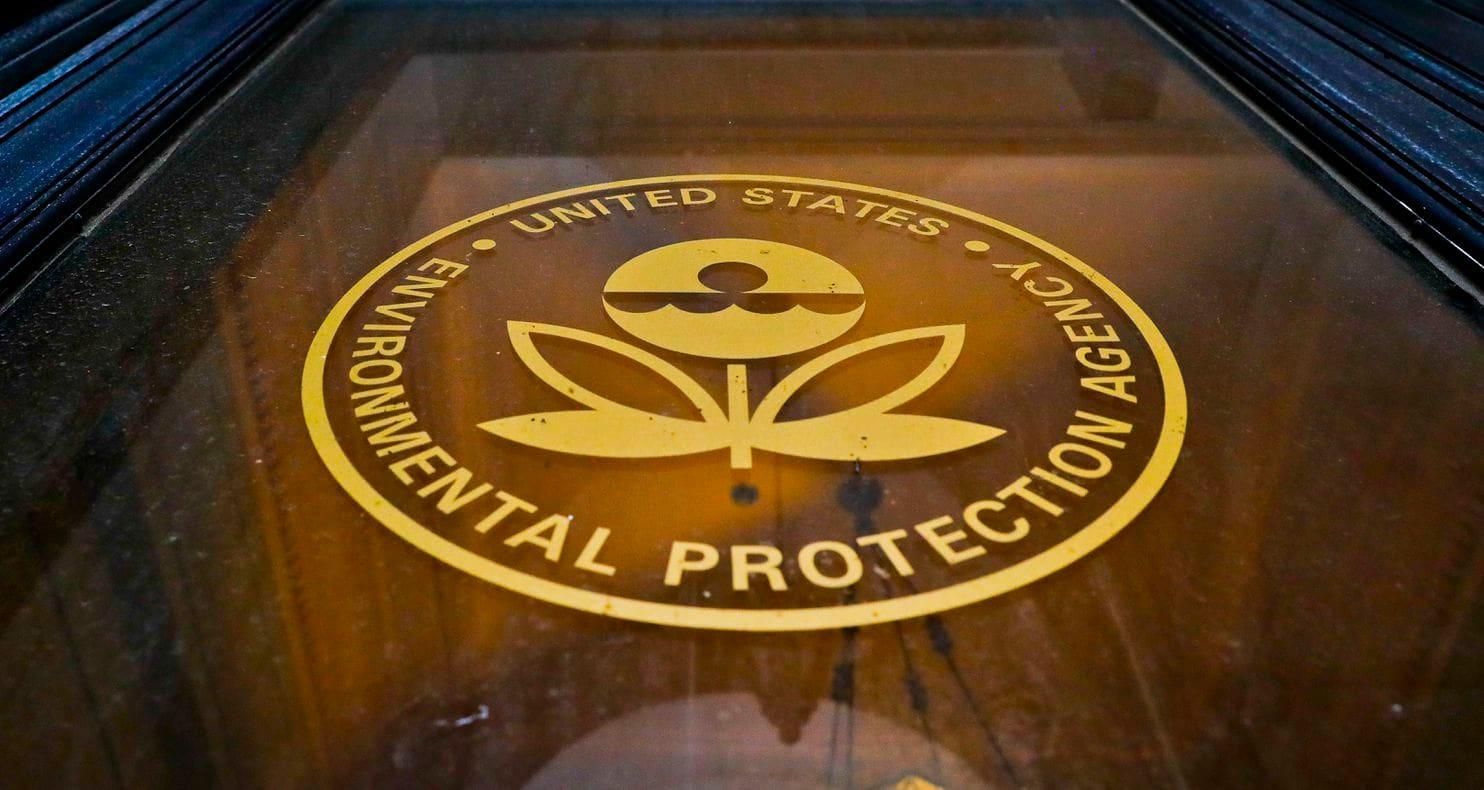
Joseph G. Allen is assistant professor at Harvard T.H. Chan School of Public Health and faculty adviser to the Harvard Healthy Building Materials Academy.
Here’s a question: Do you think that a chemical cousin of nerve agents used in World War II that alters the brain function of children should be used as a pesticide? I’d hazard a guess that most people think this is a bad idea. The Trump administration, on the other hand, thinks this is just fine.
What I’m talking about here is the decision from President Trump’s Environmental Protection Agency — going against decades of science and its own scientist’s advice —to reject an Obama-era petition to ban the pesticide called chlorpyrifos.
What we know about chlorpyrifos is alarming. Perhaps the most well-known study is one done by researchers at Columbia University who performed brain imaging on young kids with high exposure to chlorpyrifos. The results are shocking and unambiguous. In the words of the researchers: “This study reports significant associations of prenatal exposure to a widely used environmental neurotoxicant, at standard use levels, with structural changes in the developing human brain.”
Yes, you read that right. The pesticide the Trump administration wants to continue to use interferes with childhood brain development. Trump’s EPA assured the public in a statement that “there is good reason” to continue allowing farmers to use the chemical, arguing that “critical questions remained” regarding its harmful effects. Let’s explore the science.
Chlorpyrifos operates by targeting the nervous system of living animals. Here’s how it works: When a nerve cell in our body is stimulated and wants to pass that message to an adjacent nerve cell, it needs a means to pass that message along. Nerve cells do this by releasing a small amount of acetylcholine (ACH) at their terminal end so that adjacent nerve cells can pick up that signal and pass that message along. The receptors on the adjacent nerve cell detect the ACH, which triggers them to “fire,” and the cascade continues, thereby transmitting the signal throughout the brain and body. For that reason, ACH is what is called a neurotransmitter.
The ACH released into the synapse between nerve cells has to be cleaned up quickly so the nerve cells can fire again. Our bodies do this with an enzyme called acetylcholinesterase (AChE), that breaks down ACH in less than a millisecond, thus resetting the system.
Here’s where chlorpyrifos comes in. Chlorpyrifos specifically targets this AChE enzyme, thereby preventing the ACH from getting cleared up at the synapse. The result, as you might expect, is an overstimulated nervous system. High levels of chlorpyrifos can cause dizziness, confusion and death. At low levels, it impacts cognitive function — and brain development.
Chlorpyrifos also crosses the placenta.
In this light, the results from the Columbia study make sense and may even be intuitive. Disrupting the finely tuned symphony of messages in our body necessary for normal brain development can lead to changes in brain structure and function.
Other studies have shown harmful effects on kids, too. Chlorpyrifos is associated with reduced IQ and working memory among children as well as delays in psychomotor development. In another study, chlorpyrifos exposure was associated with autism spectrum disorder. In that study of nearly 1,000 pregnancies, proximity to agricultural lands that used chlorpyrifos during the second trimester was associated with a threefold greater likelihood of having a child with ASD.
Of course, it’s not only humans who are at risk here. Chlorpyrifos acts on the same biological pathways in other living species. The National Institutes of Health has labeled chlorpyrifos as “toxic” to birds and “extremely toxic” to fish and bees.
We’ve known this science for a long time now. In fact, chlorpyrifos was banned for use in homes almost 20 years ago in the George W. Bush administration because of concerns over toxicity. The Obama administration followed that with proposing a complete ban in 2015. EPA scientists in 2016 reported that, “expected residues of chlorpyrifos on food crops exceed the safety standard” and “the majority of estimated drinking water exposure from currently registered uses, including water exposure from non-food uses, continues to exceed safe levels.” Now, the Trump administration is denying that ban.
Let’s cut right to the chase: A war on health is underway, and it is being waged through attacks on the environment. To date, the Trump administration has reported more than 80 rollbacks of environmental protections.
Even more disturbing, Trump’s war on health is targeting children. Just a few months ago, his administration announced that it was cutting funding to the Children’s Environmental Health research centers, the flagship institutions around the country that focus on studying how kids are impacted by environmental hazards. In fact, one of these centers at Columbia University produced the landmark research showing that chlorpyrifos altered children’s brains.
One has to wonder: Was the cutting of federal research funds all part of a bigger plan in Trump’s war on kids' health? Consider that Trump’s inauguration fund accepted a $1 million donation from the maker of chlorpyrifos, Dow Chemical Company. The Trump administration also appointed then-Dow chief executive Andrew Liveris to head a White House manufacturing working group, which supported an executive order that mandated the creation of task forces at federal agencies to roll back government regulations.
Shortly thereafter, the EPA announced its intent to deny the chlorpyrifos ban proposal, a decision that Dow supported, unsurprisingly. Today, the toxic chemical has been unleashed, and the pesky scientists warning about it are defunded.
Now ask yourself: Who stands to benefit from this approach? I have the answer: It’s not our kids.
